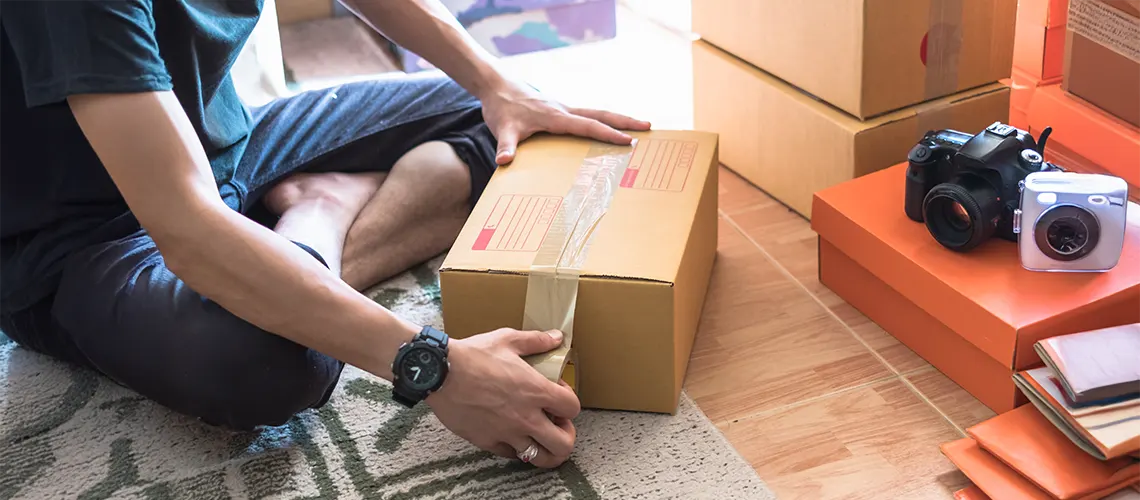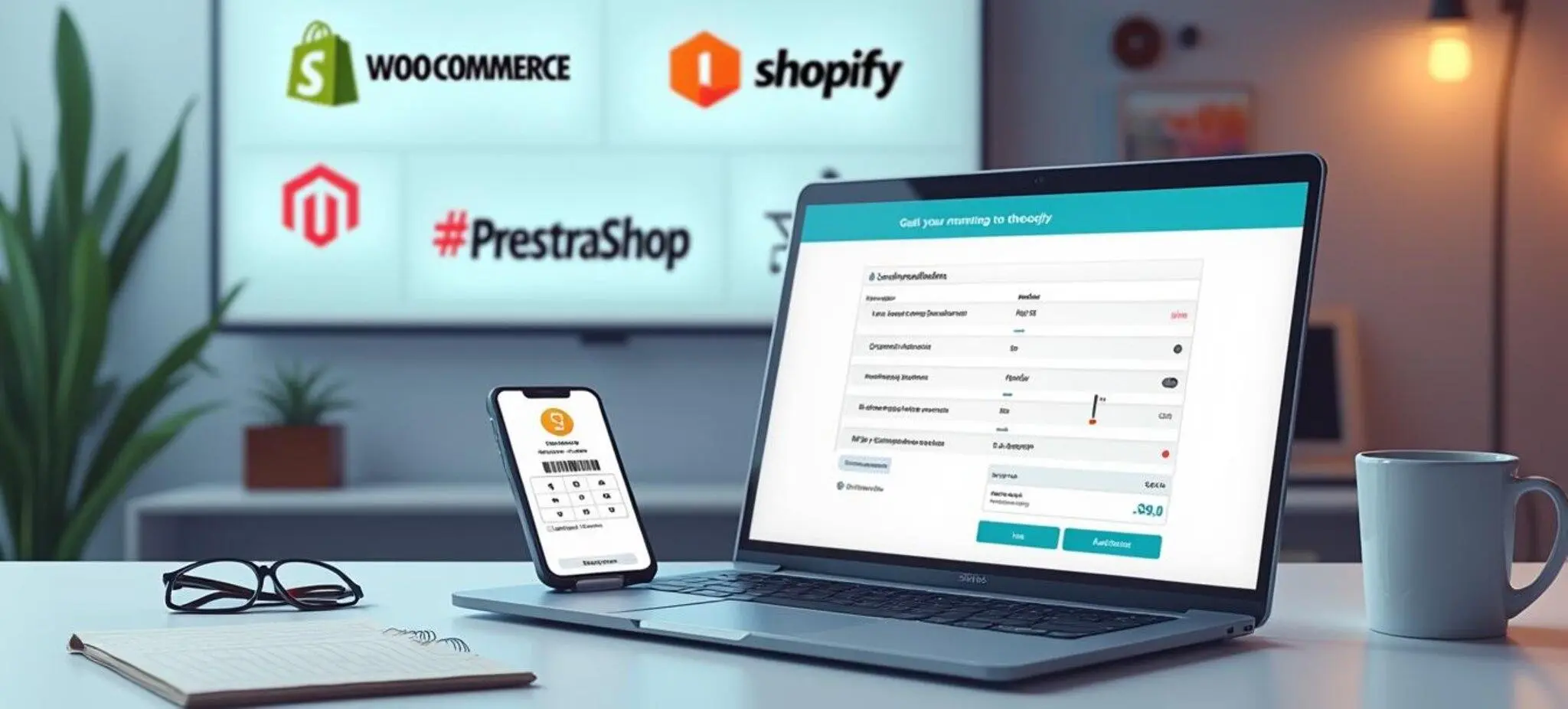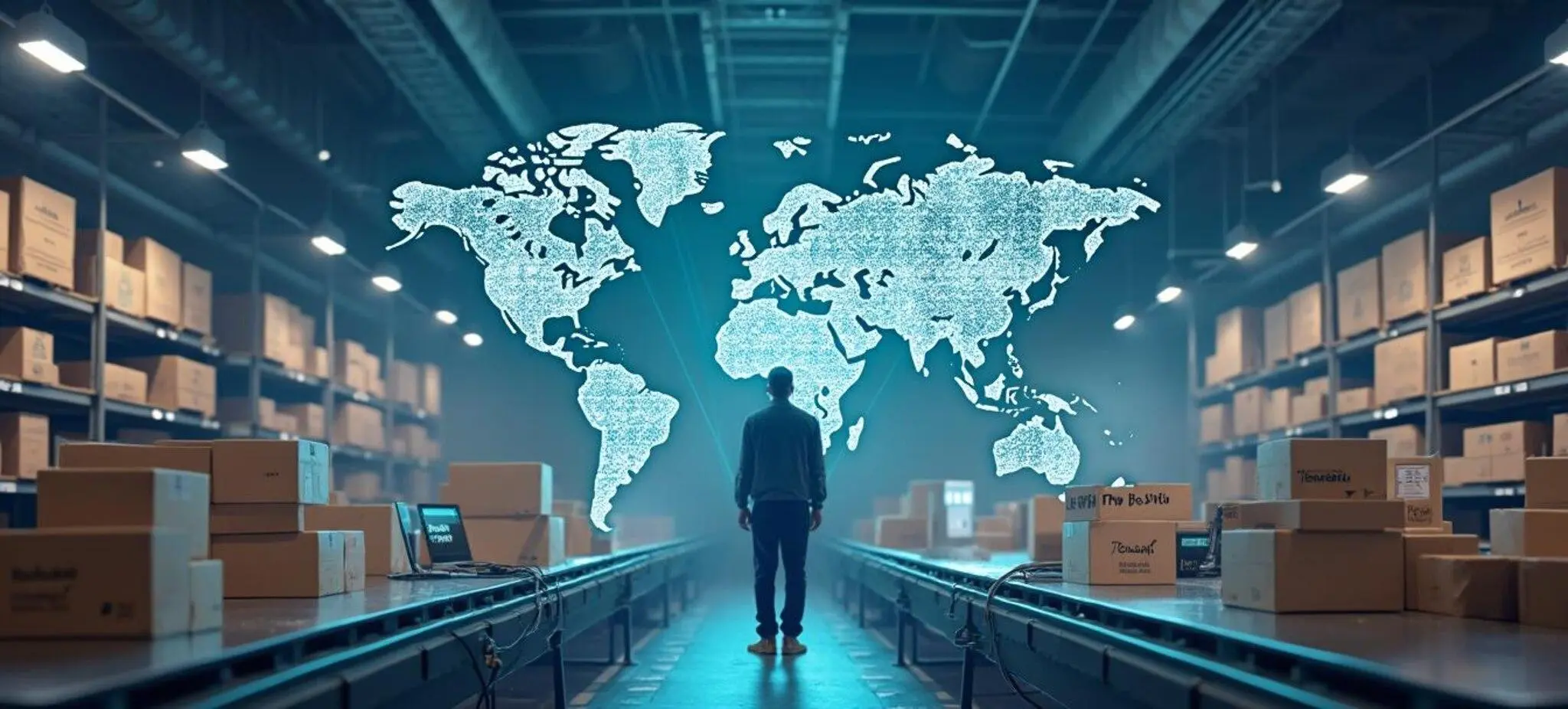Almost one in four internet users doesn't shop online. Among the most frequently cited reasons are the desire to see the product, habit of buying in traditional stores, or unwillingness to wait for delivery. Personal pickup, therefore, seems to be a remedy for their doubts — it combines the convenience of online shopping with faster access to goods. But is this solution equally good from a seller's perspective? Let's find out.
BOPIS, or "buy online, pick up in store"
Buy Online, Pick up in Store — BOPIS for short — means "buy online, pick up in store" in Polish. A variation on this delivery model is ROPIS (Reserve Online, Pick up in Store), which means online reservation and personal pickup. In both versions, the customer must take the last step of the purchasing process — go to the store or pickup point themselves to collect the ordered product. According to the "Omni-commerce. I shop conveniently 2024" report prepared for the Chamber of Electronic Economy, pickup at a store branch and personal pickup are chosen by a total of 20% of respondents.
This is a significant group of customers who can generate a substantial portion of revenue — especially for companies operating locally or having a network of brick-and-mortar sales points. It's no wonder that so many e-stores offer personal pickup. However, it's rarely free. And we're not just talking about charging shipping costs to the order — most often, this option is available after exceeding a certain cart value or involves a symbolic fee. Why? We'll explain soon. But let's start with the positive aspects of this solution.
When is in-store personal pickup the best option?
Both large retail chains and micro-entrepreneurs running an online store with one physical location offer the option of personal pickup. This solution, on one hand, allows you to reducelogistics costs, and on the other hand, increase foot traffic in sales points.
If you already have the product ordered by the customer in stock at the physical store, you don't incur the cost of packaging the shipment in courier format, printing a label, or paying for the carrier's service. You also eliminate the risk of loss due to untimely delivery and product returns due to damage during transport.
Instead, you gain the chance that the customer will buy something else when they are in the store. Moreover, if their shopping experience is positive, they will likely return with a full shopping cart.
Shopping with in-store pickup? Yes, but…
What if you store goods in an external warehouse and cannot simply take them off the shelf to hand over to a customer who has come to pick up their order? In such a situation, the BOPIS model loses some of its advantages, generating additional costs and the risk of delays. You cannot guarantee immediate pickup, and the operational cost approaches the standard one.
You can, of course, combine the transport of packages for customers with the transport that replenishes the stock of the physical store, but this solution only works if you have well-synchronized internal logistics. Otherwise, the need to fulfill individual shipments from the central warehouse to the pickup point becomes inefficient.
Also, consider that with direct delivery to the customer (to their specified address, to a parcel locker, or an independent pickup point), responsibility for transport largely rests with the courier company or logistics operator. In the case of personal pickup, you are responsible for timely delivery of the goods to the store and informing the customer that the order is ready for pickup.
And one more thing: customer service in a physical store. Handling and issuing personal orders (including finding the product, reserving it in the system, packaging, putting it in the right place, and often informing the customer that the order is ready for pickup) requires assigning an employee to this task who could otherwise be serving other customers or restocking shelves. You can hire an additional person, but if there are few personal pickups, their working time might be used inefficiently. You also need to remember to train staff on handling online order systems.
And speaking of which — you also need to ensure appropriate functionality within thee-commerce platformthat runs the store, e.g., adding a plugin that allows online stores to offer a personal pickup option for their customers. It is also essential to implement a payment solution that supports online transactions with personal pickup — such as a payment terminal from Przelewy24. This enables seamless handling of payments on pickup at the store, with full synchronization of order data and immediate sales settlement.
Discover the Omnichannel payment solution that allows you to manage online and offline transactions
Personal pickup — how to calculate if it's profitable?
Before deciding to offer personal pickup to customers, consider issues such as:
- do you already have a physical point of sale, or would you have to maintain one specifically for personal pickups;
- is the physical point located in a place attractive to customers;
- is the goods available immediately at the point, or do they need to be transported from an external warehouse;
- do you have the ability to store orders awaiting pickup in the store;
- can you assign one of your existing employees to handle personal pickup orders, or do you need to hire new staff;
- do you anticipate that the number of personal pickup orders may constitute a significant percentage of the total number of orders, or do you expect it to be an incidental phenomenon;
- do you have the ability to serve a customer personally picking up an order in a way that encourages them to make larger purchases;
- do your e-commerce platform and payment system allow for efficient management of this type of order.
Depending on your answers, consider the following scenarios:
- offering personal pickup to customers for free;
- allowing personal pickup for free after exceeding a certain order amount, which may further encourage larger purchases;
- allowing personal pickup only for products available in the store (without the need to deliver orders);
- charging a small fee for personal pickup to cover part of the order handling costs;
- foregoing this delivery method if its maintenance generates more losses than benefits.
Buy online, pick up in store. And pay with one of Przelewy24's payment methods
Personal pickup in e-commerce. Summary
Despite many different delivery methods, including parcel lockers, courier delivery, and pickup at a partner point, personal pickup is still willingly chosen by e-store customers. Many factors can contribute to this: the desire to avoid delivery costs, the possibility of faster order pickup, or greater trust in a brand that has a physical location. For many people, it's also a way to reduce the risk associated with online purchases — they can check on the spot whether the product satisfies them and thus avoid returning goods (and the associated stress).
From a business perspective, personal pickup can also bring many benefits. First and foremost, by leveraging the above customer motivations, it can contribute to an increase in the number of finalized orders — especially among consumers who have so far avoided online shopping. Additionally, it can reduce shipping costs and shorten order fulfillment times.
However, it is not worth treating this option as an obvious standard or implementing it without a thorough analysis of available resources, operational costs, and actual customer demand.



